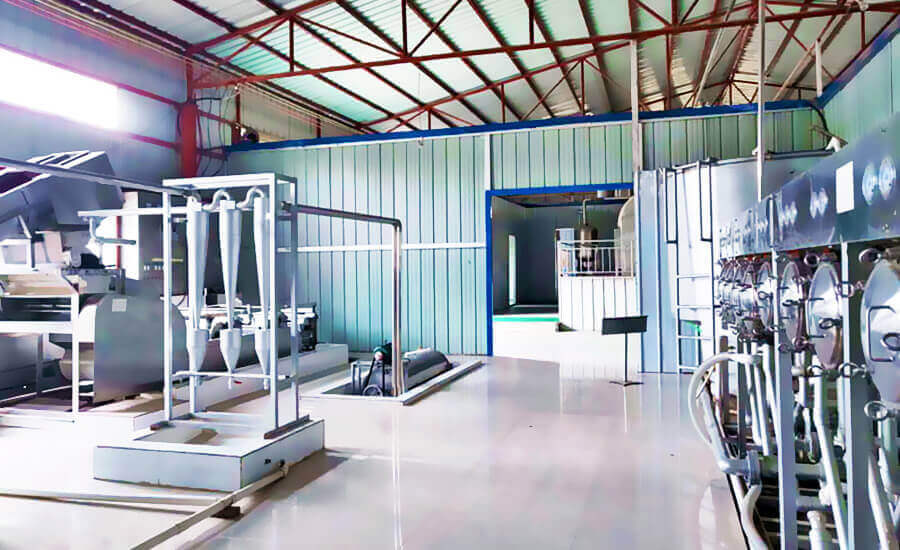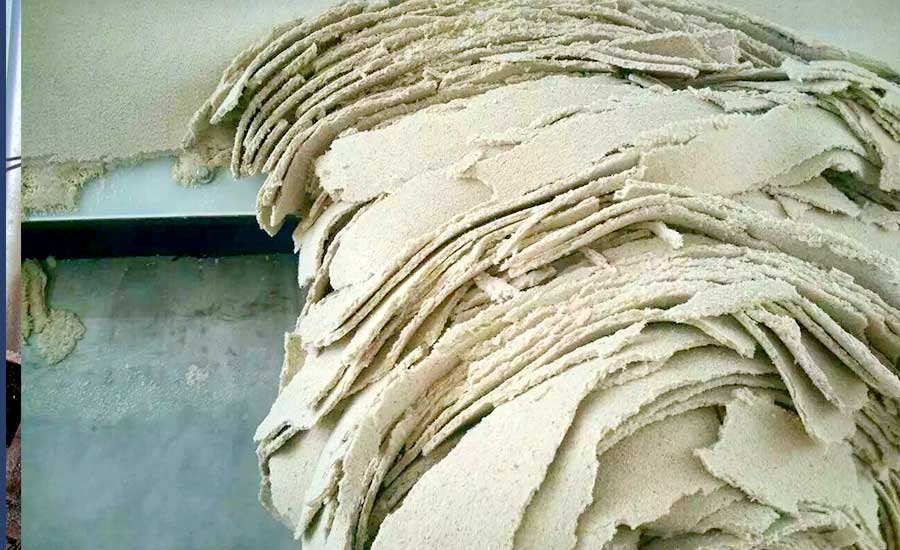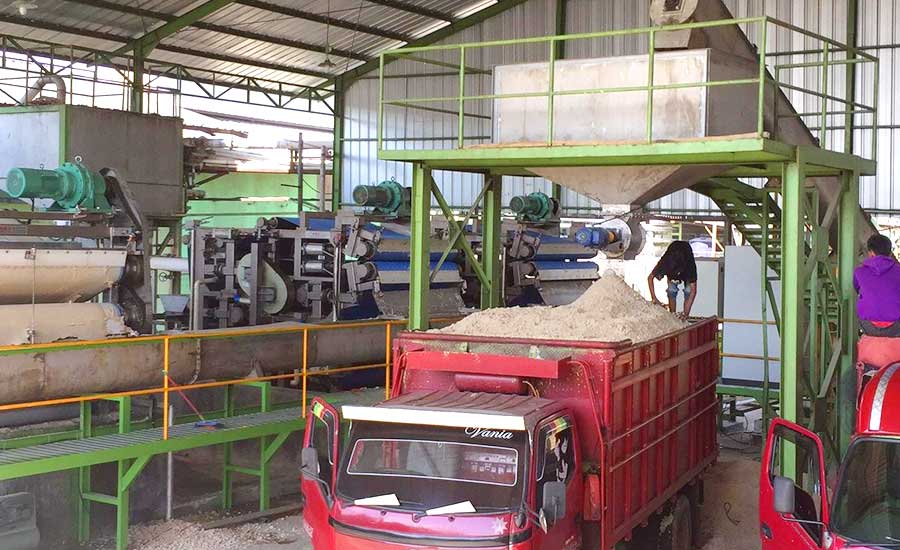
After the potato starch processing machine extracts the starch in the potato cubes, it will produce a large amount of fiber mixture, that is potato residues. Therefore, we need to process these potato residues.

| Main Constituents in Potato Residues | ||
|---|---|---|
| Components | Wet Basis% | Dry Basis% |
| Solid content | 10.00 | |
| Starch | 5.34 | 53.40 |
| Cellulose | 2.53 | 25.30 |
| Ash | 0.78 | 7.80 |
| Protein | 0.95 | 9.50 |
| Pectin and other substances | 0.40 | 4.00 |
Remarks:

Potato residues contain protein, small-grained starch, vitamins, trace elements, etc., and are a high-quality source of animal feed.
At the same time, fermented feed is also the most ideal health feed for antibiotic-free breeding and environmental protection breeding, and has a good market prospect.
Potato residues are rich in dietary fiber, accounting for about 20% of dry weight. Dietary fiber is beneficial to human health, and what is extracted from potato dregs is a safe and high-quality dietary fiber resource.
It can be processed into dietary fiber products and recommended to people suffering from constipation, colon cancer, cholelithiasis, atherosclerosis, obesity, and other diseases.

Potato residues enter the homogenization tank, are mixed with a small amount of juice, and then sent to the CSTR anaerobic reactor to generate biogas through anaerobic fermentation, and the resulting fermentation residues are returned to the field as organic fertilizer.